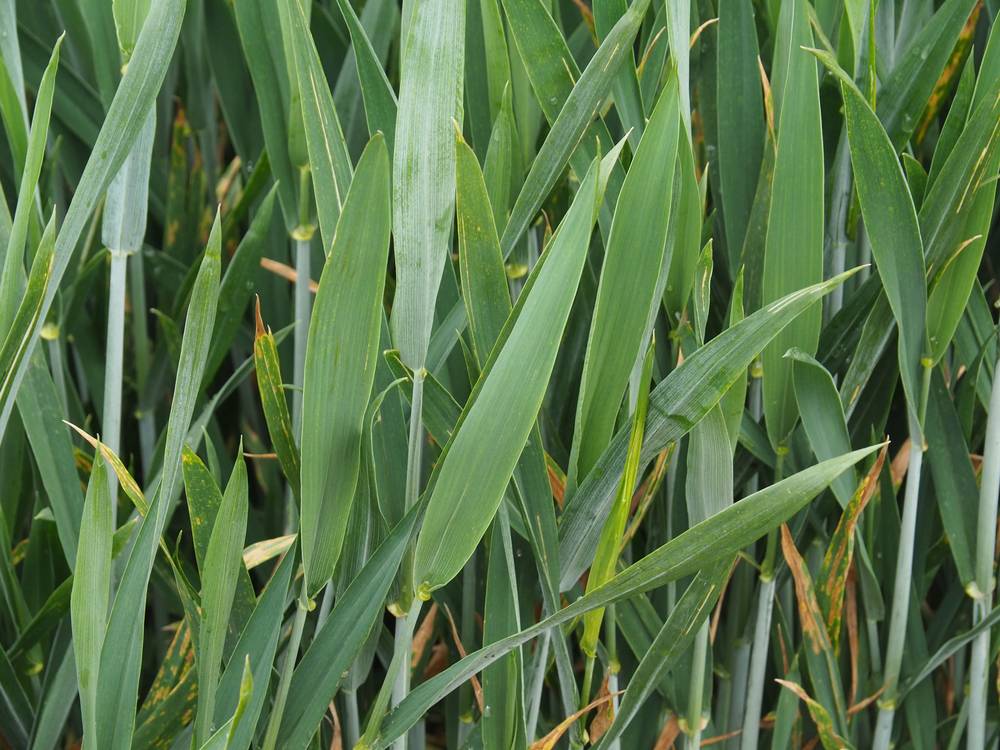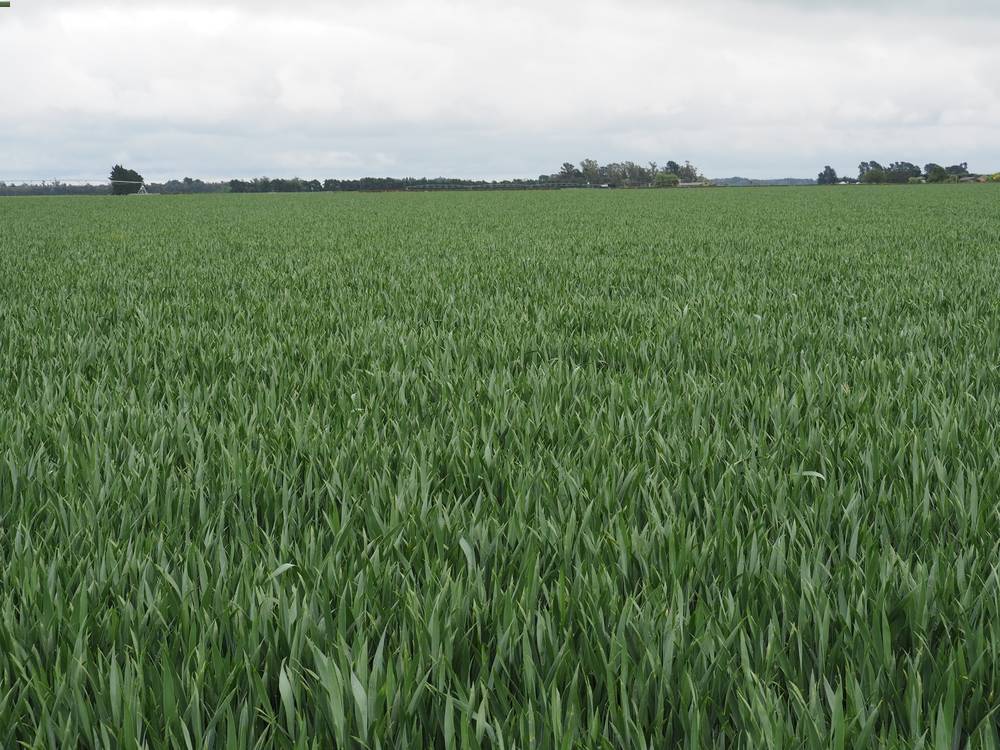The value of 'DMI stacking'
01 November 2022
About
-
Category
- Product News
-
Date
01 November, 2022
About
Category
- Product News
Date
01 November, 2022
In a nutshell, by mixing two different triazole fungicides, as occurs in Prosaro® by applying both prothioconazole and tebuconazole, you are ‘hitting SLB hard’. Through mixing of these two active ingredients, you are effectively reducing the SLB population to a level that is easily managed for the remainder of the season in most cases.
But find out more below.
Speckled leaf blotch (SLB) is probably the most important wheat disease in New Zealand, and it is always top of mind when planning fungicide programmes. Fungicides such as Prosaro, which contains the DMI fungicides prothioconazole and tebuconazole, have been the foundation of SLB control in NZ for many years.
Loss of efficacy of DMI fungicides in controlling SLB is always a threat but here in NZ we are in a relatively good position, as DMI fungicides continue to be effective against SLB. But we need to work hard to keep it that way. Just look at Europe to see how difficult it is to control SLB if the key DMI fungicides start to lose their effectiveness.
DMI stewardship encompasses many factors including crop rotation, cultivar choice and plant agronomy but it also involves choosing the appropriate fungicides and how those fungicides are used.
And it is these latter factors, fungicide choice and how they are used, which underpin the reason to adopt DMI stacking.

What does the term DMI stacking mean?
DMI stacking is a term that has been recently adopted to describe the application of two differently performing DMI fungicides at the same time. The aim being to deliver enhanced disease control and to delay the development of disease resistance to DMI fungicides.
But a word of clarification. There are many types of DMI fungicides, as a DMI fungicide is one which disrupts fungal sterol production by interacting with the target site - C14-demethylase.
In NZ, and in Europe, the term DMI stacking (also known as DMI mixing or triazole stacking) is commonly used to describe the mixing of DMI fungicides from the triazole and triazolinthione groups. A well-known example would be the fungicide Prosaro which contains both prothioconazole and tebuconazole.
Therefore, while ‘DMI stacking’ is probably not a good description, as it refers to specific DMI fungicides from the triazole and triazolinthiones groups rather than all DMI fungicides, it is now commonly used, and so we will use it as we describe the benefits of this approach.

Why does DMI stacking work?
In any paddock the population of the fungal pathogen which causes SLB (Zymoseptoria tritici) is varied with different isolates varying in their susceptibility to different triazole fungicides.
By applying two different and effective DMI fungicides in mixture, you effectively hit the fungus population hard You deliver a double blow, and by doing so you have a better chance of controlling all elements of the SLB causal pathogen population which leads to more complete disease control, and by achieving a more complete control of the disease present you leave behind less fungal pathogens that may be in the process of resistance development.
Can I use any DMI fungicide?
While all DMI fungicides belong to FRAC Group 3, they do not necessarily all have the same cross-resistance profile.
Independent research* has demonstrated this pattern with SLB, whereby triazoles (and the triazolinthione, prothioconazole) can be grouped into two distinct groups (We can call these groups group 1 and group 2. Illustrated in the table below.). Within each group there is a high level of cross resistance between active ingredients, but not between active ingredients from group 1 and group 2.
| Group 1 | Group 2 |
|---|---|
| Prothioconazole | Tebuconazole |
| Epoxiconazole | Mefentrifluconazole |
| Propiconazole | Metconazole |
| Cyproconazole | Difenoconazole |
By combining a DMI fungicide from group 1 and from group 2, that have intrinsic efficacy on SLB, the alternative triazoles are more effective at controlling isolates of the pathogen that have reduced sensitivity to the other.
As well as delivering improved efficacy of SLB and the benefits that brings in yield it also helps to prevent a ‘shift’ or loss of sensitivity to the fungicides.
This work has demonstrated the complementary activity of prothioconazole (group 1) and tebuconazole (group 2) and the very effective control of SLB delivered when prothioconazole and tebuconazole are applied together whereby the whole is greater than the sum of its parts.
This is the value of using fungicides that adopt DMI stacking.
Prosaro and Kestrel®, DMI stacked fungicides.
Two popular arable fungicides which adopt DMI stacking in New Zealand are Prosaro and Kestrel.
Both Prosaro and Kestrel contain the DMI fungicides prothioconazole and tebuconazole, formulated together into well balanced and very effective ratios, that have been extensively tested under New Zealand conditions.
These products deliver very effective control of SLB, leaf and stripe rust in wheat while supporting a strong fungicide resistance management approach.
With the key disease control timings of GS39 (T2) and GS60-65 (T3) upon us now is the time to apply Prosaro or Kestrel in mixture with a non-DMI fungicide such as VIMOY® iblon®.
* Heick, M.H., Matzen, N., and Jorgensen, L.N. (2020): `Reduced field efficacy and sensitivity of demethylation inhibitors in the Danish and Swedish Zymoseptoria tritici populations´, Eur J Plant Pathol, https://doi.org/10.1007/s10658-020-02029-2


